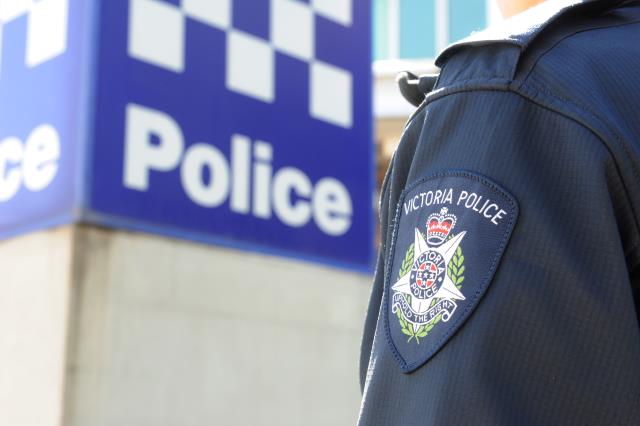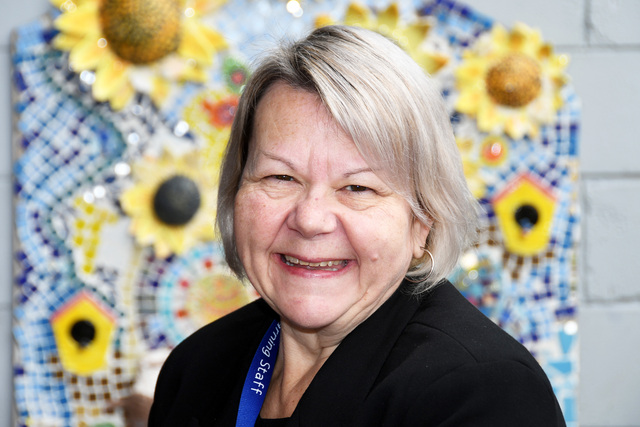By Cam Lucadou-Wells
A reported lawsuit against spy-agency ASIO by two police officers stabbed by 18-year-old terrorist suspect Numan Haider at Endeavour Hills Police Station is unlikely to succeed, says a legal academic.
As reported in Herald Sun, the officers from Victoria Police and Australian Federal Police assert that the Australian Security Intelligence Organisation did not share vital information prior to a fatal meeting with Haider on 23 September 2014.
Haider stabbed the officers with a knife during the arranged meeting, taking them by surprise during a pat-down search in a dimly lit car park at the police station.
The teen was shot dead by the Victoria Police detective who told a coronial inquest that his under-attack colleague was “probably seconds away from being killed”.
Dr Patrick Emerton, a law lecturer at Monash University, said ASIO was not above the law but that suing for negligence would raise many challenges.
One hurdle was that courts were reluctant to over-rule ASIO’s judgement in dealing with investigations and “persons of interest”.
The litigants would also only have limited access to confidential intelligence information at trial, Dr Emerton said.
“I think the lawsuit mentioned … would be unlikely to succeed.”
Associate Professor Darren Palmer, a criminology expert at Deakin University, said the lawsuit would wait upon Coroner John Olle’s findings on the “conflicting evidence” of ASIO and police officers.
“If the ASIO officer or officers did share the information, who did they share it with? And what happened to that information?” Mr Palmer said.
“There’s a hell of a long way to go before it succeeds. But if it does, I would hope it would lead to an enhanced process for information sharing.
“The other possibility is it creates tension between the (police and ASIO) agencies.”
The Victoria Police officer, identified as Officer A, told a state coronial inquest that he would have changed his risk assessment of Haider if “significant” information was passed on.
That information would have included Haider’s most recent Facebook posts, including a profile photo of himself in camouflage clothing, a balaclava and holding a shahada flag just five days before the attack.
Haider’s Facebook comments calling police “dogs” who had “declared war” on Islam, as well as derogatory sexual suggestions to federal police and ASIO were also allegedly not shared.
Nor was a telephone intercept in which Haider told a friend that if he had a knife he could have stabbed police who stopped him in Dandenong Plaza.
Prior to the incident, Officer A was aware that Haider had recently been sourcing knives, an iPhone Taser and a balaclava.
He was warned by a federal agent of the “potential for an edged weapon”.
An ASIO team leader, with the pseudonym Natalie Mayfair, told the inquest that Haider’s Facebook profile photo didn’t alter the organisation’s risk assessment.
She said relevant intelligence had been provided at a 19 September briefing, such as that Haider had a knife and had shown interest in obtaining a balaclava, a Taser, a big knife and a small knife that could be easily hidden.
Ms Mayfair told the hearing that she assessed it was too unsafe to send ASIO officers to meet Haider.
It was instead agreed with state and federal police that Joint Counter Terrorism Team police would contact Haider, she said.







